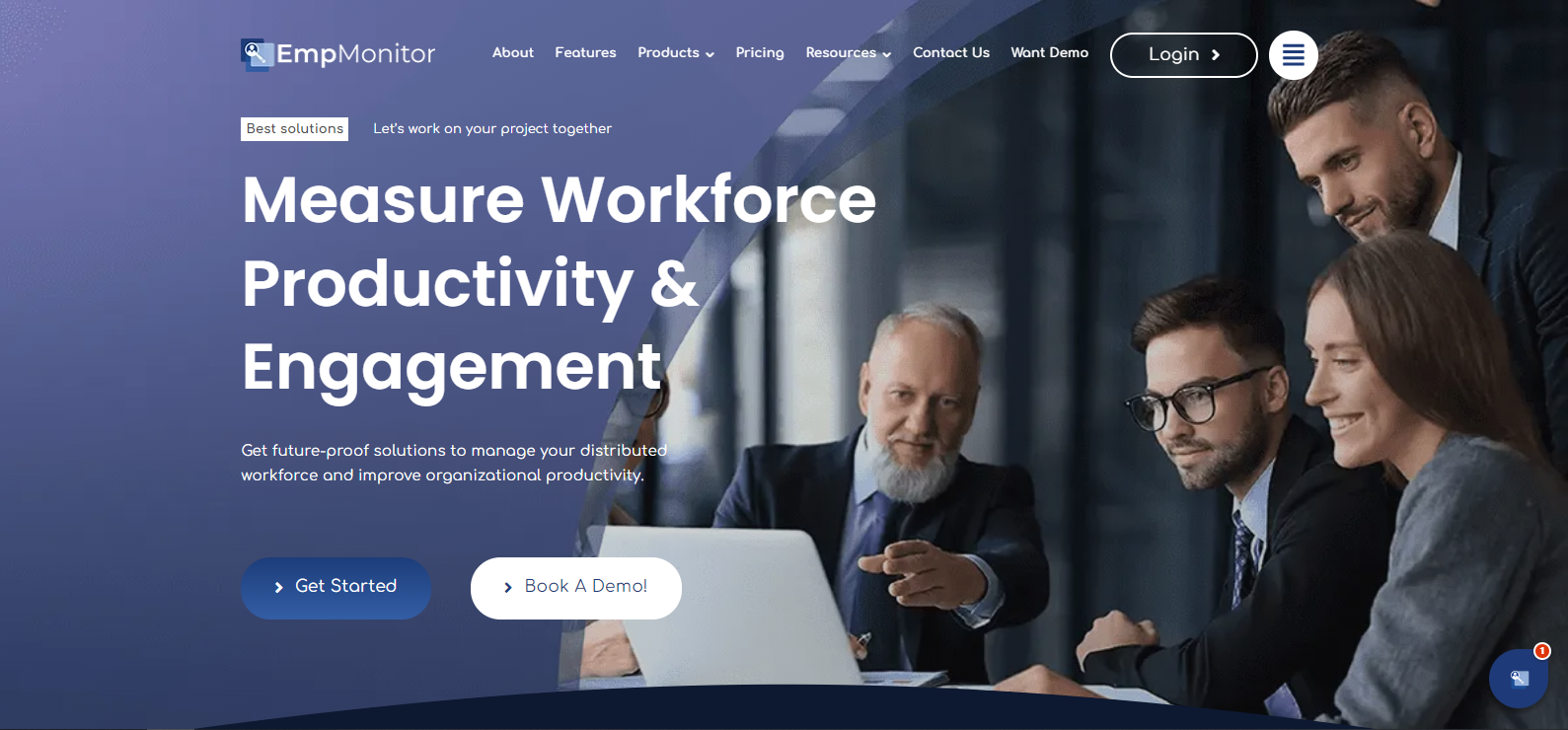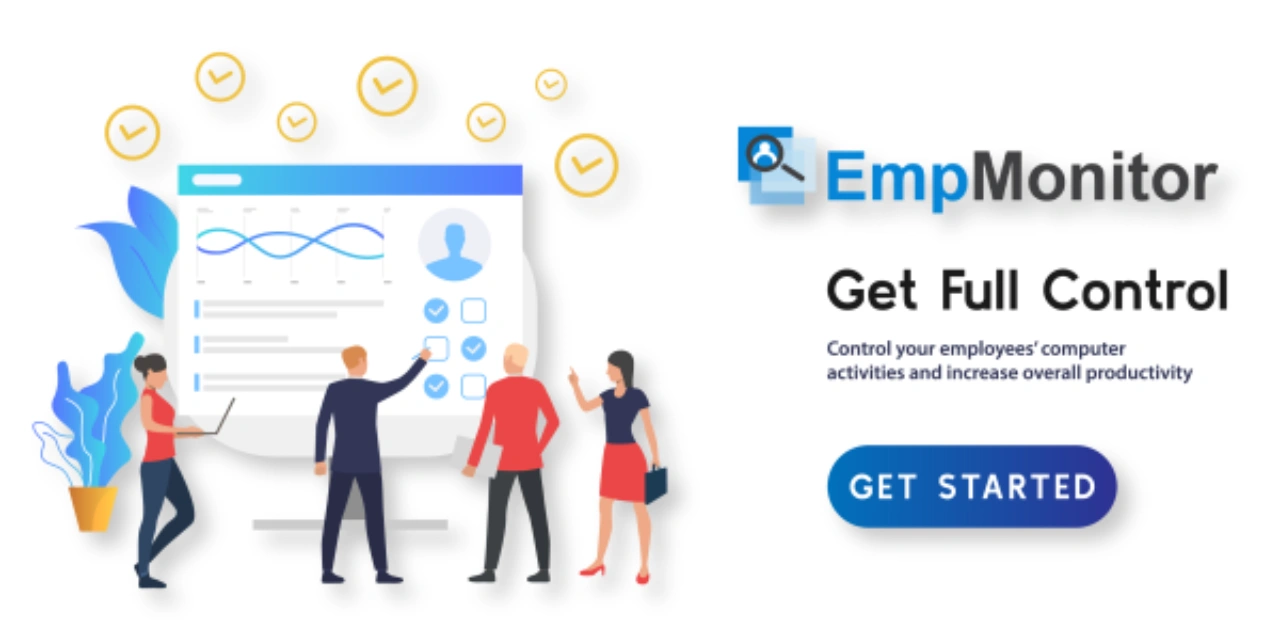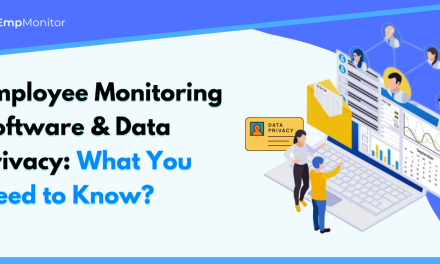Big dreams aren’t achieved overnight—they require focus, patience, and most importantly, a well-structured plan. While short-term wins can feel rewarding, it’s the power of long term planning that lays the foundation for true success. It’s more than just setting goals; it’s about creating a clear path, anticipating challenges, and staying committed to your vision despite obstacles.
In this blog, we’ll explore how long term planning can guide you toward your biggest ambitions and why it’s an essential strategy for both individuals and businesses alike. From the benefits of strategic foresight to actionable steps for building your own roadmap, long-term planning is the key to turning aspirations into reality. Whether you’re crafting a personal goal or scaling a business, long-term planning is the secret to staying on track and ensuring that every step you take gets you closer to your dream.
Listen To The Podcast Now!
Let’s Understand Long Term Planning
Long term planning is not just about thinking ahead; it’s about thinking strategically ahead. It involves defining your big goals—those that may take five, ten, or even twenty years to achieve—and building a roadmap toward them.
It’s used in:
- Personal growth and career building: Mapping out your career path and continuous self-improvement.
- Financial management: Structuring investments, savings, and spending to reach your financial goals.
- Business expansion: Outlining the steps for scaling a company, acquiring new markets, and increasing revenue.
- Educational pursuits: Planning for further learning and qualifications to meet future goals.
- Organizational strategy: Setting a clear vision for a company’s growth and future positioning.
For example, a professional might use long-term planning to work their way up to an executive role, while a business might plan a phased global expansion over five years. This vision helps both individuals and organizations break down seemingly impossible goals into actionable steps.
Why Long Term Planning Is The Key To Dream Realization
Let’s face it—dreams are easy to make but hard to achieve. That’s why long term planning is your best friend when it comes to chasing big ambitions. It offers structure, perspective, and the power of foresight. Instead of floating between disconnected goals, a long-term plan connects the dots to form a cohesive journey.
In both life and business, this type of planning keeps you grounded. It ensures that your actions today are relevant to where you want to be tomorrow. Without a plan, it’s easy to fall into reactive habits—chasing short-term wins that don’t serve your ultimate purpose.
Benefits of Long-Term Planning:
- Clarity: It defines your endgame, offering you a solid picture of what success looks like.
- Direction: It maps out the route, ensuring you don’t waste time or energy in the wrong places.
- Consistency: It helps you stay on track despite distractions, building momentum over time.
- Confidence: It makes you less reactive and more strategic, empowering you to act with purpose.
In short, long term planning empowers you to think big, start small, and move consistently towards your dreams.
Short-Term vs. Long-Term: Why Both Matter
Many people confuse short-term wins with long-term success. While short-term wins build momentum, they don’t replace the need for vision. Think of short-term goals as stepping stones and long term planning as the blueprint for the entire journey.
Let’s compare
Short-term planning is all about focusing on the present. It addresses immediate problems and reacts to circumstances as they arise. Typically, it spans weeks or months, helping you solve urgent issues in the here and now.
On the other hand, long-term planning focuses on the future. It anticipates challenges ahead and prepares for them, while rapid planning helps you react to the immediate changes as they come.
Successful individuals and businesses often balance both approaches. While short-term wins build momentum, long-term planning is what sustains success over time. Long-term thinkers usually outlast the rest because they’re not just reacting to circumstances; they’re actively preparing for them.
How to Create a Long-Term Plan That Works
Crafting a great long-term plan doesn’t happen overnight. Here’s a detailed breakdown:
1. Start with a Bold Vision
Ask yourself:
-
- What are my goals and aspirations for the next 5, 10, or 20 years?
- What legacy do I want to build?
- What impact do I want to make?
This is not the time to play small. Dream big and set your vision high.
Now translate that dream into a statement. For example: “I want to build a socially responsible brand that reaches one million customers globally by 2030.”
This bold vision forms the cornerstone of your long term planning journey. But remember, vision without action is just a daydream—ensure your goals reflect what you want to achieve.
2. Set Specific Long-Term Goals:
Your vision is the destination—now you need landmarks. These goals must be specific, measurable, and time-bound.
For example:
- Grow revenue by 500% in 5 years.
- Launch 3 new product lines by 2028.
- Hire a remote workforce in 10 countries.
If you’re building a personal plan, it might be:
- Get a master’s degree within 4 years.
- Save $250,000 for early retirement.
- Run a nonprofit by age 40.
When done right, these long-term goals serve as motivation engines that help you maintain focus over time.
3. Break Down Milestones and Set Mini Goals
Big dreams can seem intimidating. That’s why long-term planning involves breaking your goals into quarterly or yearly milestones that make it feel more achievable and improve workload planning across tasks.
Example:
- Year 1: Research & develop product.
- Year 2: Test & improve.
- Year 3: Launch to market.
- Year 4: Scale operations.
- Year 5: Expand into new regions.
This breakdown creates clarity and measurable progress checkpoints, making the long journey feel achievable.
4. Stay Organized and Consistent:
Even the best plan fails without consistency. Use tools to manage your workflow and track milestones. For organizations, tools like EmpMonitor, an employee monitoring software, can be incredibly valuable. It ensures that team members are staying on track, helping managers monitor progress in real time and make adjustments as needed to stay aligned with long-term objectives.
For individuals managing complex schedules or data-driven goals, handling detailed spreadsheets can be time-consuming. So getting expert help from do my excel homework for me services can save hours and keep your focus on what truly matters. By leveraging this type of workforce management software, you can ensure that everyone’s efforts are in sync with the broader vision.
How EmpMonitor Supports Your Long Term Plans
When it comes to long-term planning, success relies heavily on consistency, organization, and real-time data. This is where EmpMonitor, an advanced employee monitoring software, can make a significant difference in ensuring your strategy stays on track. Here’s how EmpMonitor’s features empower organizations to execute their long-term plans effectively:
-
Time Tracking
Effectively monitor every minute of your team’s working hours. EmpMonitor’s real-time time tracking ensures accountability, making it easier to assess productivity trends and time investments across months—vital for staying aligned with long-term goals.
-
Project Management
Break down large strategic goals into manageable tasks. With EmpMonitor’s project and task management feature, you can assign work, track progress, and align team efforts with milestone-based execution, keeping long-term initiatives on schedule.
-
Insightful Reports
Leverage automated, graphic-rich analytical reports to visualize performance trends over time. These reports help identify what’s working, what’s not, and where improvements are needed—ensuring every decision moves the needle forward on your strategy.
-
App & Website Usage Monitoring
Stay informed on how team members spend their digital time. The app and website usage feature helps pinpoint distractions and unproductive habits, so you can foster better focus and resource use over the course of your long-term projects.
-
Attendance Logs
Track employee login and logout times with EmpMonitor’s attendance monitoring feature. This ensures workforce reliability and provides long-term attendance insights that help in evaluating consistency and accountability across the board.
Incorporating EmpMonitor into your long term strategic plan means gaining a powerful tool that keeps your team on track, accountable, and motivated. With its advanced monitoring capabilities, goal tracking, and actionable insights, EmpMonitor ensures that every decision made today contributes meaningfully to achieving the vision of tomorrow.
5. Build Resilience Into Your Plan:
No journey goes 100% according to plan. That’s why long-term planning must account for setbacks, delays, and new opportunities.
Leave room to pivot. For instance:
- What happens if your funding falls through?
- What if a competitor releases a similar product first?
- What if regulations change?
Adaptability doesn’t mean giving up—it means staying committed while remaining flexible. Building resilience into your plan helps you stay motivated even during tough times.
6. Celebrate Small Wins Along the Way:
Staying motivated for years is tough. One way to stay energized is to celebrate mini victories. Whether it’s closing a big client, completing a certification, or hitting a revenue target—acknowledge the progress.
These moments of success keep you emotionally connected to your long-term plan, reinforcing the positive aspects of the journey.
Long Term Planning For Teams and Organizations
In today’s fast-paced market, having a shared long-term vision is a game-changer for teams. It unites departments under a common mission and keeps everyone rowing in the same direction.
Whether it’s planning new campaigns, expanding to international markets, or launching new technologies, companies need long-term planning to:
- Allocate resources wisely
- Inspire team engagement
- Mitigate future risks
- Forecast market shifts
Integrating tools like workforce management software into your strategy can ensure that daily performance stays aligned with future targets. These tools offer real-time insights into how well your team is performing relative to long-term objectives.
Also Read: –
How To Increase Productivity Using Rapid Planning Method In 2025?
How To Manage Workload Planning In 7 Steps In 2025?
How To Master Short Term Planning For Success?
Challenges in Long Term Planning—and How to Overcome Them
No plan is without its roadblocks. Common challenges include:
- Lack of Flexibility: Sometimes, plans need to be adjusted due to unforeseen circumstances. Regularly revisiting your long-term plan can help identify necessary shifts.
Solution: Review and adjust plans quarterly. Stay flexible while keeping your core mission intact. - Overlooking Short-Term Needs: Long-term goals can sometimes overshadow immediate concerns.
Solution: Balance with short-term tactics that support the overall vision. Tackling urgent issues with a broader mindset can help you stay aligned. - Team Misalignment: If team members don’t fully understand or buy into the long-term goals, productivity may suffer.
Solution: Share long-term goals early, and involve everyone in strategy-building.
How Tech Supports Long Term Planning
Modern planning isn’t done on paper alone. Many organizations rely on employee monitoring software to gauge productivity, identify strengths, and adjust tasks to align with future goals. EmpMonitor, for instance, provides real-time insights into employee activity, allowing managers to track progress and ensure that long-term objectives stay on course.
Likewise, businesses implementing workforce management software gain insights into workload distribution, team efficiency, and resource allocation—all of which are crucial to executing long-term plans effectively. The data from these tools helps identify bottlenecks and areas for improvement in real-time.
Final Thoughts
Long term planning isn’t just a business buzzword—it’s the bridge between dreams and reality. It gives you the discipline to move intentionally, the focus to avoid distractions, and the vision to outlast temporary setbacks.
Whether you’re an entrepreneur building a business, a student mapping out your future, or a leader shaping your organization, long-term strategy is your most powerful tool.
FAQs: –
1. What is a long-term plan?
A long-term plan is a strategic roadmap that outlines the steps needed to achieve significant goals over an extended period—usually five years or more. It provides clarity, direction, and purpose, helping individuals and organizations set clear objectives, anticipate challenges, and stay focused on long-term success.
2. Can I balance short-term and long-term goals?
Yes, balancing both is key to achieving long-term success. Short-term goals help build momentum and solve immediate problems, while long-term planning ensures you’re staying on course to reach your bigger ambitions.
3. What is the LRP planning process?
The Long Term Planning (LRP) process involves setting long-term goals, defining key milestones, and creating actionable steps to achieve those goals. It includes assessing current resources, predicting future needs, identifying potential obstacles, and continuously refining the strategy. The process ensures that actions today align with the desired outcomes in the distant future.
4. How can I stay motivated while working toward long-term goals?
Celebrating small wins along the way can help keep you motivated. Recognize and reward progress, no matter how small, to stay emotionally connected to your long-term vision and maintain momentum over time.














